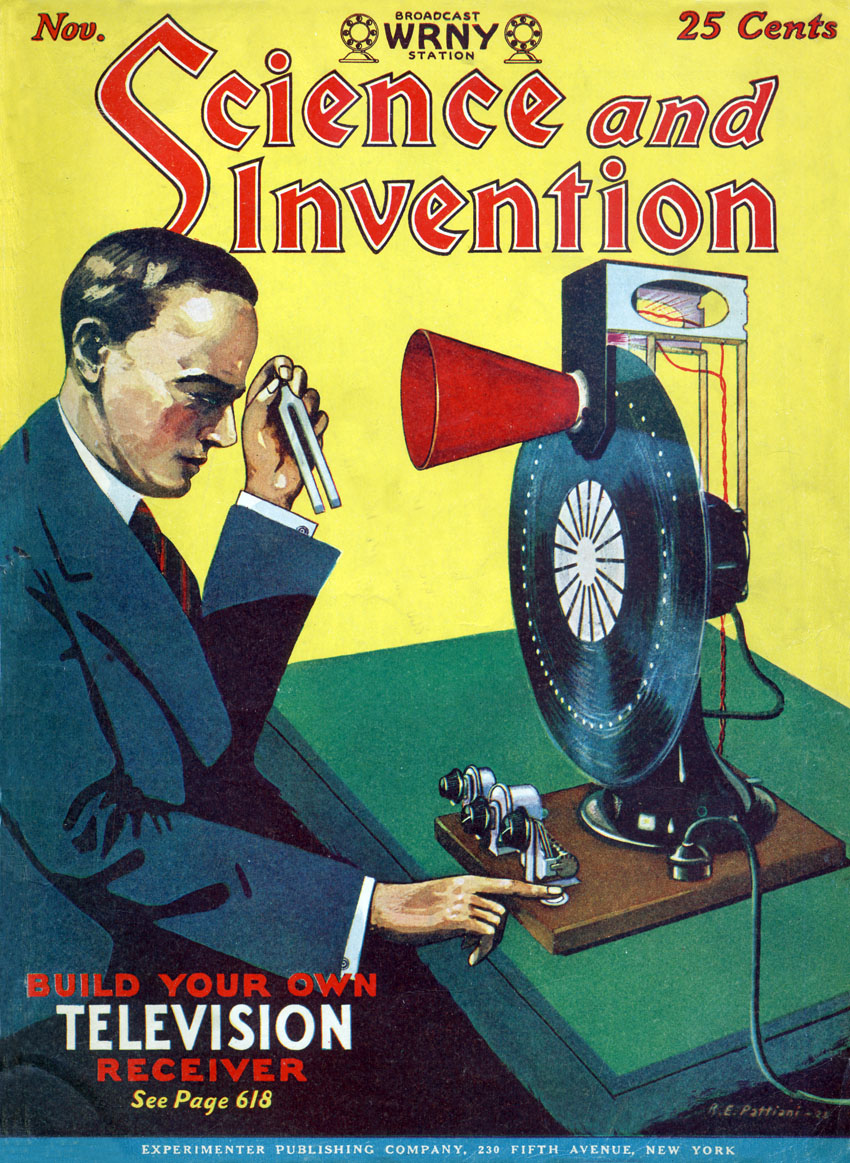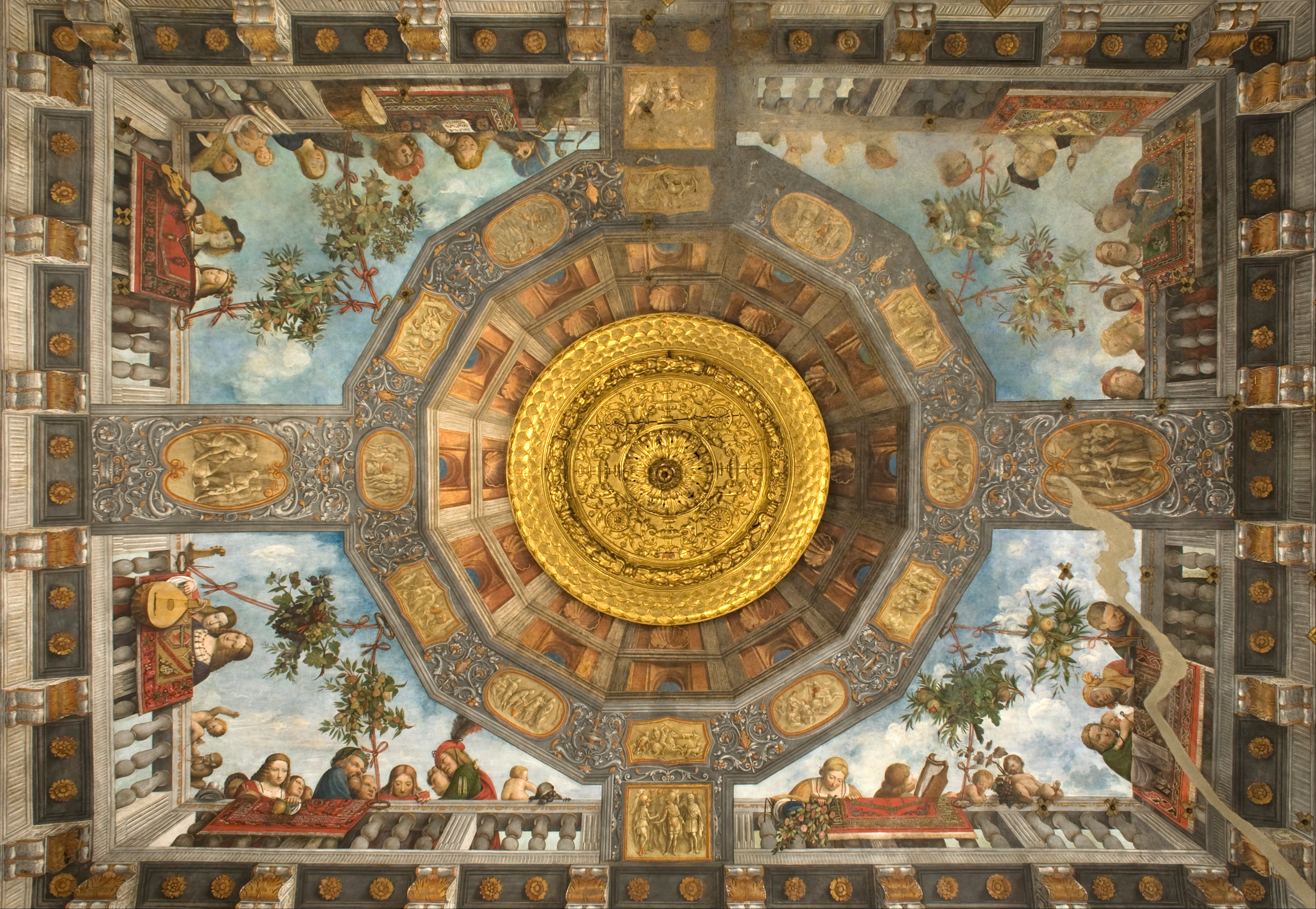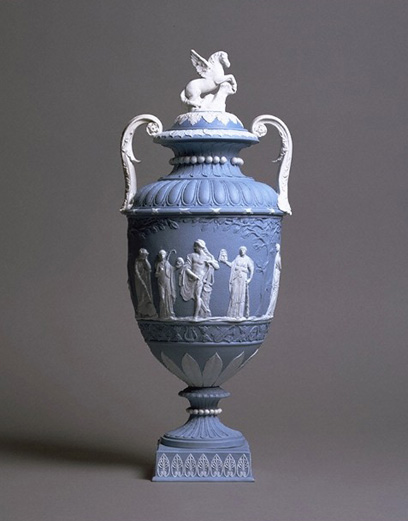|
Timeline For Invention In The Arts
Timelines of inventions display the development and progression of art, design, architecture, music and literature. Invention in art, design and architecture ''dates may be approximations'' * 350,000 BCE – Paint was invented by early humans. Pigment and paint-grinding equipment was found in a cave at Twin Rivers near Lusaka, Zambia. * 31,000 BCE – Representational painting was invented. Murals of stampeding bulls, cantering horses, red bears and woolly rhinoceros are found in the Chauvet Caves in France. * 22,000 BCE – Sculpture was invented by Paleolithic tribes, who created the female statuette called the Venus of Willendorf, found in near Willendorf, Austria. * 4000 BCE – Papyrus, the precursor to paper, was invented by the Egyptians by pounding flat woven mats of reeds. * 2500 BCE – Egyptian blue pigment was invented by Egyptian chemists using a mixture of limestone (calcium oxide), malachite (copper oxide) and quartz (silica) fired to about 800–900 degrees Cels ... [...More Info...] [...Related Items...] OR: [Wikipedia] [Google] [Baidu] |
Invention
An invention is a unique or novelty (patent), novel machine, device, Method_(patent), method, composition, idea, or process. An invention may be an improvement upon a machine, product, or process for increasing efficiency or lowering cost. It may also be an entirely new concept. If an idea is unique enough either as a stand-alone invention or as a significant improvement over the work of others, it can be patented. A patent, if granted, gives the inventor a proprietary interest in the patent over a specific period of time, which can be licensed for financial gain. An inventor creates or discovers an invention. The word ''inventor'' comes from the Latin verb ''invenire'', ''invent-'', to find. Although inventing is closely associated with science and engineering, inventors are not necessarily engineers or scientists. The ideation process may be augmented by the applications of algorithms and methods from the domain collectively known as evolutionary robotics, artificial intellige ... [...More Info...] [...Related Items...] OR: [Wikipedia] [Google] [Baidu] |
Linear Perspective
Linear or point-projection perspective () is one of two types of graphical projection perspective in the graphic arts; the other is parallel projection. Linear perspective is an approximate representation, generally on a flat surface, of an image as it is seen by the eye. Perspective drawing is useful for representing a three-dimensional scene in a two-dimensional medium, like paper. It is based on the optical fact that for a person an object looks N times (linearly) smaller if it has been moved N times further from the eye than the original distance was. The most characteristic features of linear perspective are that objects appear smaller as their distance from the observer increases, and that they are subject to , meaning that an object's dimensions parallel to the line of sight appear shorter than its dimensions perpendicular to the line of sight. All objects will recede to points in the distance, usually along the horizon line, but also above and below the horizo ... [...More Info...] [...Related Items...] OR: [Wikipedia] [Google] [Baidu] |
Optical Illusion
In visual perception, an optical illusion (also called a visual illusion) is an illusion caused by the visual system and characterized by a visual perception, percept that arguably appears to differ from reality. Illusions come in a wide variety; their categorization is difficult because the underlying cause is often not clear but a classification proposed by Richard Gregory is useful as an orientation. According to that, there are three main classes: physical, physiological, and cognitive illusions, and in each class there are four kinds: Ambiguities, distortions, paradoxes, and fictions. A classical example for a physical distortion would be the apparent bending of a stick half immersed in water; an example for a physiological paradox is the motion aftereffect (where, despite movement, position remains unchanged). An example for a physiological fiction is an afterimage. Three typical cognitive distortions are the Ponzo illusion, Ponzo, Poggendorff illusion, Poggendorff, and M� ... [...More Info...] [...Related Items...] OR: [Wikipedia] [Google] [Baidu] |
Trompe-l'œil
; ; ) is an artistic term for the highly realistic optical illusion of three-dimensional space and objects on a Two-dimensional space, two-dimensional surface. , which is most often associated with painting, tricks the viewer into perceiving painted objects or spaces as real. Forced perspective is a related illusion in architecture. History in painting The phrase, which can also be spelled without the hyphen and Typographic ligature, ligature in English as ''trompe l'oeil'', originates with the artist Louis-Léopold Boilly, who used it as the title of a painting he exhibited in the Paris Salon of 1800. Although the term gained currency only in the early 19th century, the illusionistic technique associated with dates much further back. It was (and is) often employed in murals. Instances from Greek and Roman times are known, for instance in Pompeii. A typical mural might depict a window, door, or hallway, intended to suggest a larger room. A version of an oft-told ancient Gr ... [...More Info...] [...Related Items...] OR: [Wikipedia] [Google] [Baidu] |
Louis-Léopold Boilly
Louis-Léopold Boilly (; 5 July 1761 – 4 January 1845) was a French painter and draftsman. A creator of popular portrait paintings, he also produced a vast number of genre paintings documenting French middle-class social life. His life and work spanned the eras of Ancien Régime, monarchical France, the French Revolution, the First French Empire, Napoleonic Empire, the Bourbon Restoration in France, Bourbon Restoration and the July Monarchy. His 1800 painting ''Un Trompe-l'œil'' introduced the term ''trompe-l'œil'' ("trick the eye"), applied to the technique that uses realistic imagery to create the optical illusion that the depicted objects exist in three dimensions, though the "unnamed" technique itself had existed in Greek and Roman times. Life and career Boilly was born in La Bassée in northern France, the son of a local wood sculptor. A self-taught painter, Boilly began his career at a very young age, producing his first works at the age of twelve or thirteen. In 1774 ... [...More Info...] [...Related Items...] OR: [Wikipedia] [Google] [Baidu] |
Josiah Wedgwood
Josiah Wedgwood (12 July 1730 – 3 January 1795) was an English potter, entrepreneur and abolitionist. Founding the Wedgwood company in 1759, he developed improved pottery bodies by systematic experimentation, and was the leader in the industrialisation of the manufacture of European pottery. The renewed classical enthusiasms of the late 1760s and early 1770s were of major importance to his sales promotion. His expensive goods were in much demand from the upper classes, while he used emulation effects to market cheaper sets to the rest of society. Every new invention that Wedgwood produced – green glaze, creamware, black basalt, and jasperware – was quickly copied. Having once achieved efficiency in production, he obtained efficiencies in sales and distribution. His showrooms in London gave the public the chance to see his complete range of tableware. Wedgwood's company never made porcelain during his lifetime, but specialised in fine earthenwares and stonewares that ... [...More Info...] [...Related Items...] OR: [Wikipedia] [Google] [Baidu] |
Jasperware
Jasperware, or jasper ware, is a type of pottery first developed by Josiah Wedgwood in the 1770s. Usually described as stoneware, it has an unglazed matte "biscuit" finish and is produced in a number of different colours, of which the most common and best known is a pale blue that has become known as " Wedgwood blue". Relief decorations in contrasting colours (typically in white but also in other colours) are characteristic of jasperware, giving a cameo effect. The reliefs are produced in moulds and applied to the ware as sprigs. After several years of experiments, Wedgwood began to sell jasperware in the late 1770s, at first as small objects, but from the 1780s adding large vases. It was extremely popular, and after a few years many other potters devised their own versions. Wedgwood continues to make it into the 21st century. The decoration was initially in the fashionable Neoclassical style, which was often used in the following centuries, but it could be made to suit oth ... [...More Info...] [...Related Items...] OR: [Wikipedia] [Google] [Baidu] |
The Garden Of Earthly Delights
''The Garden of Earthly Delights'' () is the modern title given to a triptych oil painting on oak panels painted by the Early Netherlandish master Hieronymus Bosch, between 1490 and 1510, when Bosch was between 40 and 60 years old. Bosch's religious beliefs are unknown, but interpretations of the work typically assume it is a warning against the perils of temptation. The outer panels place the work on the Third Day of Creation. The intricacy of its symbolism, particularly that of the central panel, has led to a wide range of scholarly interpretations over the centuries. Twentieth-century art historians are divided as to whether the triptych's central panel is a moral warning or a panorama of the paradise lost. He painted three large triptychs (the others are '' The Last Judgment'' of 1482 and '' The Haywain Triptych'' of 1516) that can be read from left to right and in which each panel was essential to the meaning of the whole. Each of these three works presents disti ... [...More Info...] [...Related Items...] OR: [Wikipedia] [Google] [Baidu] |
Hieronymus Bosch
Hieronymus Bosch (; ; born Jheronimus van Aken ; – 9 August 1516) was a Dutch people, Dutch painter from Duchy of Brabant, Brabant. He is one of the most notable representatives of the Early Netherlandish painting school. His work, generally oil on oak wood, mainly contains fantastic art, fantastic illustrations of religious concepts and narratives. Within his lifetime, his work was collected in the Netherlands, Austria, and Spain, and widely copied, especially his macabre and nightmarish depictions of hell. Little is known of Bosch's life, though there are some records. He spent most of it in the town of 's-Hertogenbosch, where he was born in his grandfather's house. The roots of his forefathers are in Nijmegen and Aachen (which is visible in his surname: Van Aken). His pessimistic fantastical style cast a wide influence on northern art of the 16th century, with Pieter Bruegel the Elder being his best-known follower. Today, Bosch is seen as a highly individualistic pain ... [...More Info...] [...Related Items...] OR: [Wikipedia] [Google] [Baidu] |
Surrealism
Surrealism is an art movement, art and cultural movement that developed in Europe in the aftermath of World War I in which artists aimed to allow the unconscious mind to express itself, often resulting in the depiction of illogical or dreamlike scenes and ideas. Its intention was, according to leader André Breton, to "resolve the previously contradictory conditions of dream and reality into an absolute reality, a super-reality", or ''surreality.'' It produced works of painting, writing, photography, Theatre of Cruelty, theatre, Surrealist cinema, filmmaking, Surrealist music, music, Surreal humour, comedy and other media as well. Works of Surrealism feature the element of surprise, unexpected juxtapositions and ''Non sequitur (literary device), non sequitur''. However, many Surrealist artists and writers regard their work as an expression of the philosophical movement first and foremost (for instance, of the "pure psychic automatic behavior, automatism" Breton speaks of in the fi ... [...More Info...] [...Related Items...] OR: [Wikipedia] [Google] [Baidu] |
Mona Lisa
The ''Mona Lisa'' is a half-length portrait painting by the Italian artist Leonardo da Vinci. Considered an archetypal masterpiece of the Italian Renaissance, it has been described as "the best known, the most visited, the most written about, the most sung about, [and] the most parodied work of art in the world." The painting's novel qualities include the subject's enigmatic expression, monumentality of the composition, the subtle modelling of forms, and the atmospheric Illusionism (art), illusionism. The painting has been traditionally considered to depict the Italian noblewoman Lisa del Giocondo. It is painted in oil on a Populus alba, white poplar panel painting, panel. Leonardo never gave the painting to the Giocondo family. It was believed to have been painted between 1503 and 1506; however, Leonardo may have continued working on it as late as 1517. King Francis I of France acquired the ''Mona Lisa'' after Leonardo's death in 1519, and it is now the property of the French ... [...More Info...] [...Related Items...] OR: [Wikipedia] [Google] [Baidu] |









